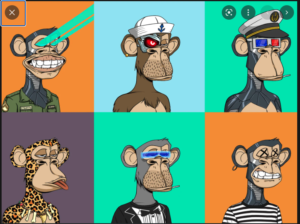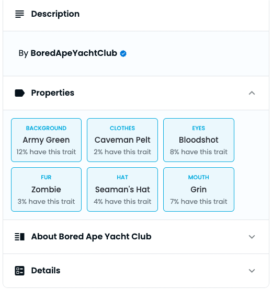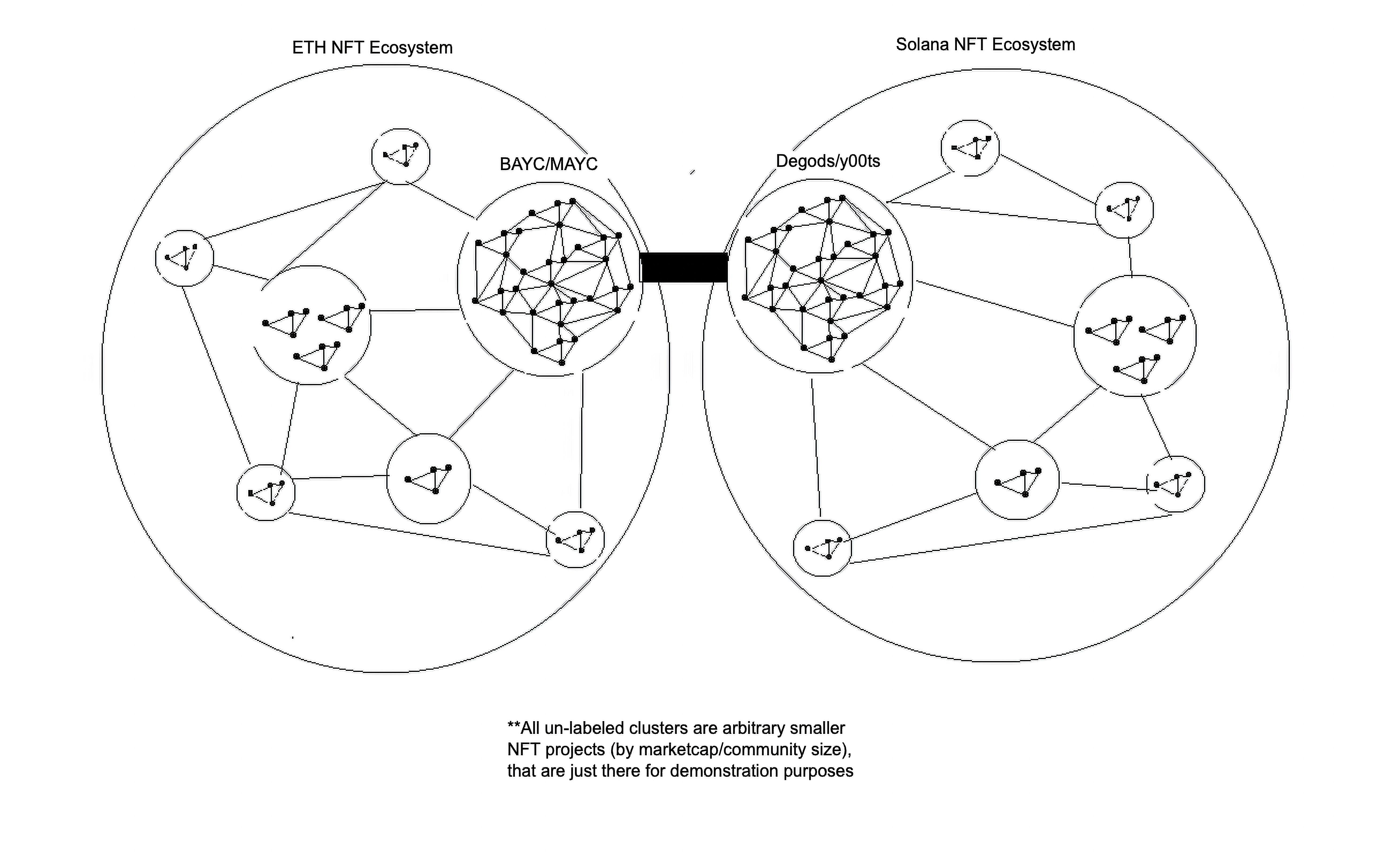What are NFTs and what is its role in Social Networking?

Im sure most of you are familiar with the picture of the ape (Bored Ape Yacht Club ) , NFTs, above but if you aren’t, Non-Fungible-Tokens, or NFTs are a revolutionary technology built on smart contract based L1 (layer 1) blockchains (we will specifically be looking at Ethereum and Solana). I will assume that you already have knowledge on what smart contract blockchains are, if not I suggest you read up on it, it’s a very deep topic. Essentially, you have tokens on blockchains, $ETH for example is the native token of Ethereum, if you buy 2 $ETH, they will stack on top of each other, as they are fungible (interchangeable) and divisible, it does not matter which $ETH you decide to transfer elsewhere as it holds of same value. Well, NFTs are a relatively new “Type” of Token, that is more complex than a regular one, but the most important aspect of it is that its non-fungible, you can have 10k NFTs of the same collection, but they cannot stack onto of each other as each are not interchangeable. Why? because each NFT in a collection can have different metadata (whether it be traits, like a hat, beard etc or special accesses encoded like tiers), an example picture below.

There are many different use cases that NFTs are made for (digital IDs, passes, tickets etc), but in this Article we will be touching on PFP (profile picture collections) collections, as they most connect with this course. PFP, like BAYC (Bored Ape Yacht Club),if a user buys one of these NFTs, they are able to join a discord that is gated to only holders of the project (via onchain verification), where you essentially join and make connections with very “successful” people in web3 (Due to the high paywall of joining , ex 1 BAYC was worth 450k USD at one point). Now there are many other NFT collections similar to BAYC, where people who can buy and enter , and meet people who are alike, that share the same vision of the project. Web2 Has LinkedIn, Web3 has NFTs, is the best way I can sum it up.
Networks In NFTs, Ethereum and Solana
As explained above, the majority of NFT projects are built on either the Solana or Ethereum blockchain. Ethereum NFTs are about one “cycle” older than Solana nfts, so naturally, the projects of both communities are slightly split. Now relating back to the course, the best way I can visualize this, is by using nodes and edges. Each ‘Node’ are holders of a project. Holders can own multiple NFTs. As you can see in the image below, each cluster of NFT projects consist of strongly connected nodes (as each person knows one another within a community), the out edges connecting two clusters relates the fact that there are holders that hold both projects. Now what you notice is that the clusters from the Ethereum side are closely tied with other ETH ecosystem projects, and clusters from the Solana ecosystem, are more closely related to the other projects in the solana ecosystem. The “Local” bridge that connects the two, are the higher market cap (in other words, most famous) projects from both sides (Degods/Y00ts for Solana, BAYC/MAYC for Ethereum). This occurs because since each is the top project in their relative blockchain, people from ETH dabbling into SOL are more likely to look at the top project Degods, similarly, people from SOL are more likely to dabble in the top project BAYC/MAYC from eth. One more note to add, the article linked is what I drew inspiration from, however there is not much data on NFTs let alone published ones. I’ve been in the NFT (both ETH and SOL ecosystems) since march of 2021, and am heavily into it, and the graph below (created by me) is what I have noticed personally.

Took Inspiration from:
https://www.nature.com/articles/s41598-021-00053-8